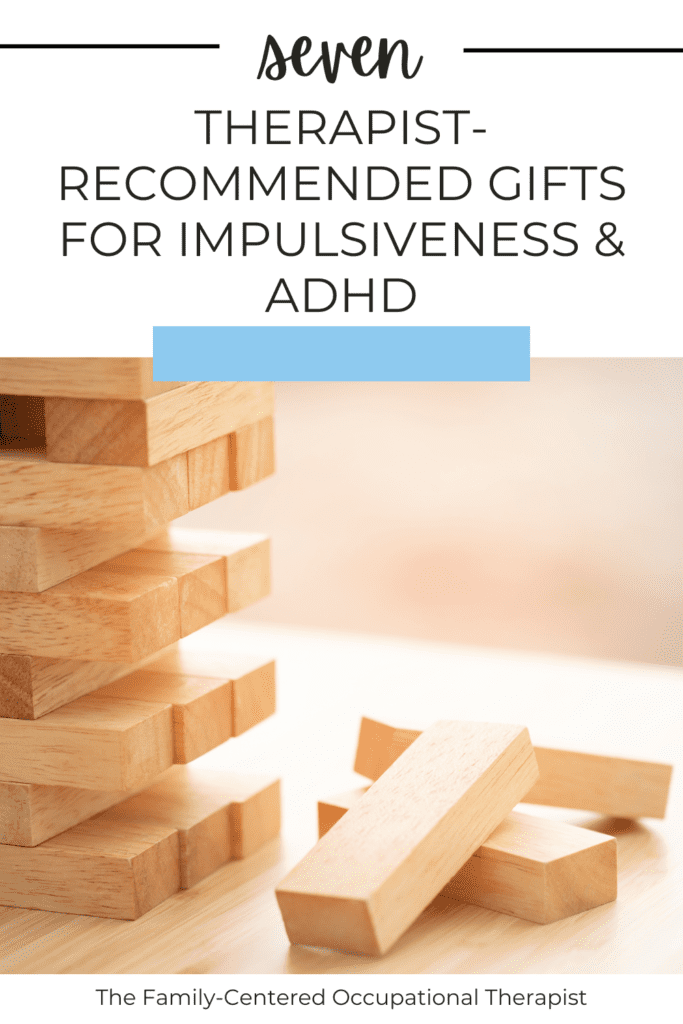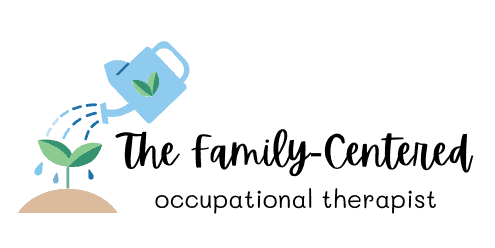Your kids probably have tons of ideas of what they want for Christmas, but wouldn’t it be great if their toys could be therapeutic too? Well, they sure can! In today’s post, we will discuss different games you can use to work on impulsiveness.
Impulsiveness & executive functioning
First, let’s define what impulsiveness looks like in kids. When a child is impulsive, it might look like their bodies are moving faster than their brains. They might hit when frustrated, start an activity before you finish the instructions, or grab something without asking first.
Controlling impulses is part of a group of functions called executive functions. These functions continue to mature as children grow, continuing until they’re teenagers. Some children have a harder time with managing these functions compared to their peers.
How can games address impulsiveness?
One of the best ways to work on impulsivity is to exercise a child’s inhibitory control. This means getting them to stop and wait, to be able to process everything that’s happening and work on thinking before they act. The best part is that kids won’t even realize they’re working on these skills because they’re having fun doing it! The following games have inhibitory control requirements embedded into play.

- Red light, green light – with motion detector!
- Therapeutic benefit: kids have to listen and fully stop their bodies, as the motion sensors will notice if they move! This helps kids practice being fully still. This is also a great way to get kids in the practice of stopping when you say “red light” for safety outdoors
- Hedbandz
- Therapeutic benefit: kids have to think before speaking in order to prevent giving away their partner’s picture
- Suspend Junior
- Therapeutic benefit: kids have to use the spinner to determine the color they choose, rather than choosing their own. And similar to Jenga, they have to place the wire on the tower carefully and slowly as to prevent knocking the others down
- Don’t Break the Ice
- Therapeutic benefit: children are supposed to only knock down 1 ice cube at a time (or at least that’s how we play in therapy ;). This gives the children an opportunity to balance their excitement of using a hammer and knocking things down, paired with inhibiting their impulses to prevent knocking more than 1 block down
- Jenga
- Therapeutic benefit: children must remove the block carefully and slowly, controlling their inhibitions
- Bop It!
- Therapeutic benefit: children must listen to the voice’s directions of what to touch, instead of going with their first impulse
- Operation
- Therapeutic benefit: kids have to go slowly and carefully to pull out the items from the spots without getting buzzed
- bonus: this one links to a Paw Patrol themed version!
Comment below with other games you like for working on inhibitory control!

